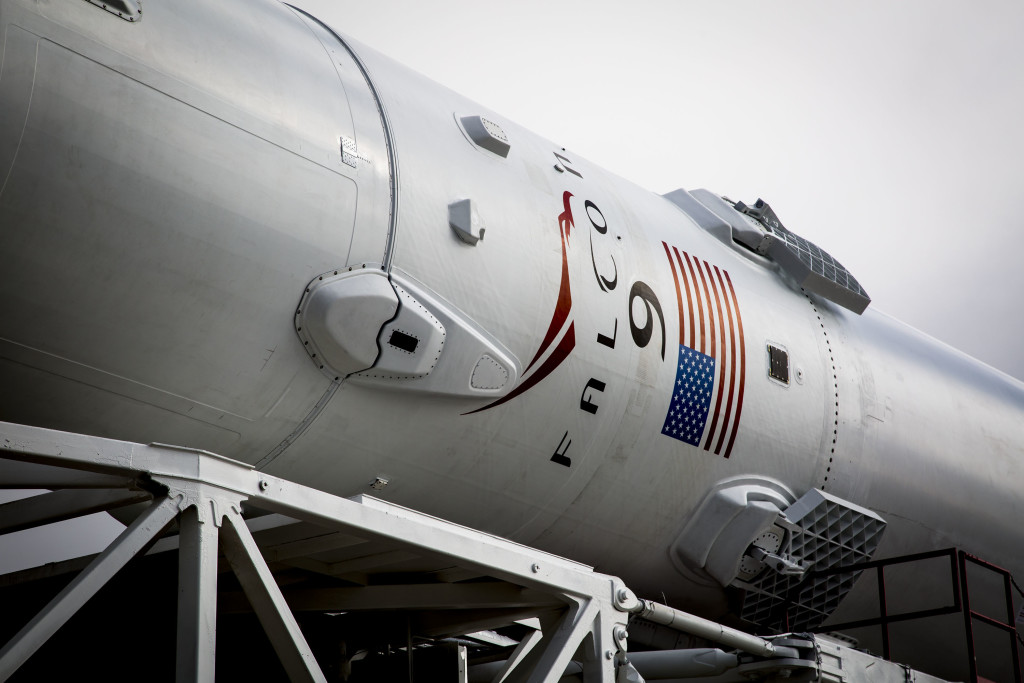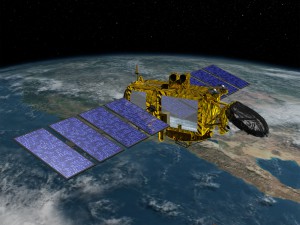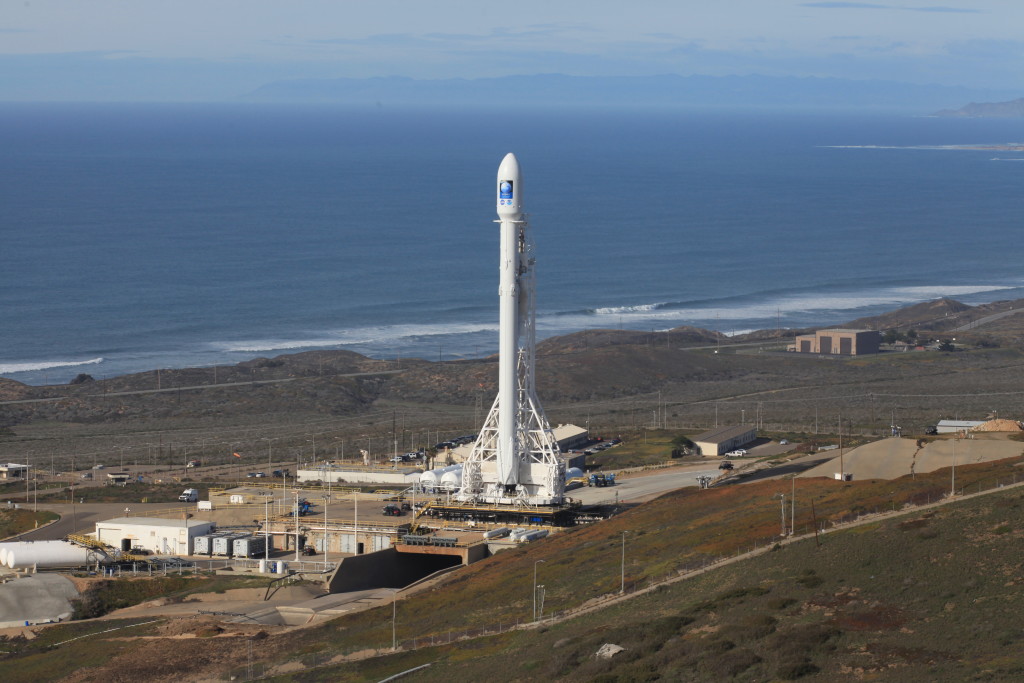 PST/EST
PST/EST
8:42 a.m./11:42 a.m. Flight termination system checks and collision avoidance coordination
9:42 a.m./12:42 p.m. T-1 hour weather and launch status update
10:12 a.m./1:12 p.m. Range tracking system check
10:22 a.m./1:22 p.m. Jason-3 launch readiness poll
10:25 a.m./1:25 p.m. NASA Launch Manager poll
10:29 a.m./1:29 p.m. Terminal Countdown poll
10:32 a.m./1:32 p.m. Terminal Countdown begins
10:38 a.m./1:38 p.m. NASA go for launch
10:40 a.m./1:40 p.m. Range Green
10:42:18 a.m./1:42:18 p.m. Launch
10:44:48 a.m./1:44:48 p.m. Falcon 9 Main Engine Cutoff (MECO)
10:44:54 a.m./1:44:54 p.m. Falcon 9 Stage 1/2 Separate
10:45:03 a.m./1:45:03 p.m. Falcon 9 second stage ignition
10:45:33 a.m./1:45:33 p.m. Fairing jettisoned
10:51:18 a.m./1:51:18 p.m. Falcon 9 second stage engine cutoff 1 (SECO 1)
11:37:24 a.m./2:37:24 p.m. Falcon 9 second stage restart
11:37:36 a.m./2:37:36 p.m. Falcon 9 second stage engine cutoff 2 (SECO 2)
11:38:06 a.m./2:38:06 p.m. Jason-3 spacecraft separation
11:40:24 a.m./2:40:24 p.m. Jason-3 solar array 1 deploy start
11:40:39 a.m./2:40:39 p.m. Jason-3 solar array 1 deploy end
11:44:04 a.m./2:44:04 p.m. Jason-3 solar array 2 deploy start
11:44:18 a.m./2:44:18 p.m. Jason-3 solar array 2 deploy end
Image above: A coastal fog envelops the SpaceX Falcon 9 rocket waiting to launch the Jason-3 satellite from Vandenberg Air Force Base in California. The fog is not a concern for launch. Photo credit: NASA Television





